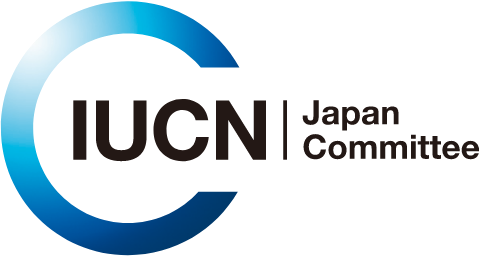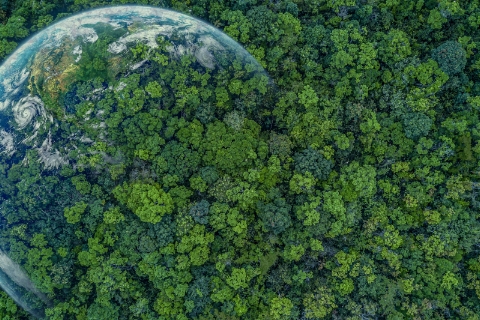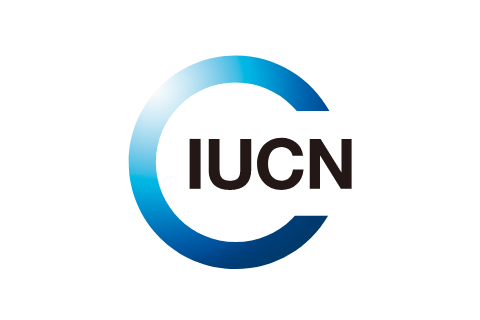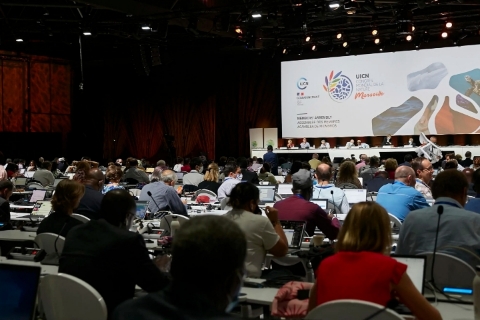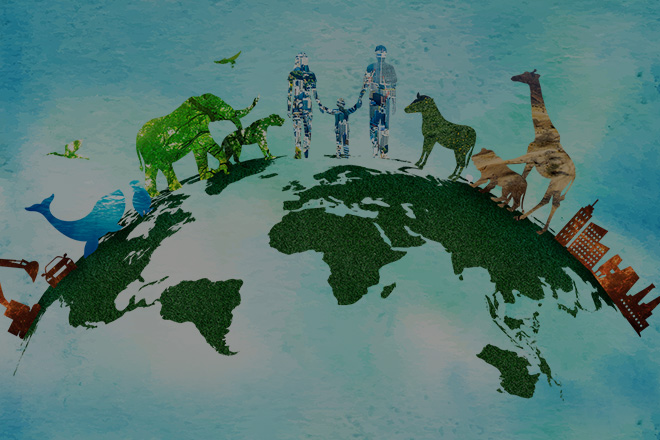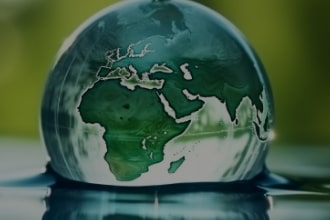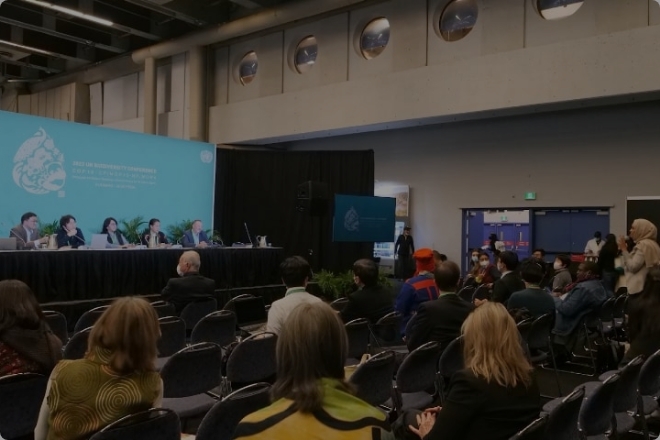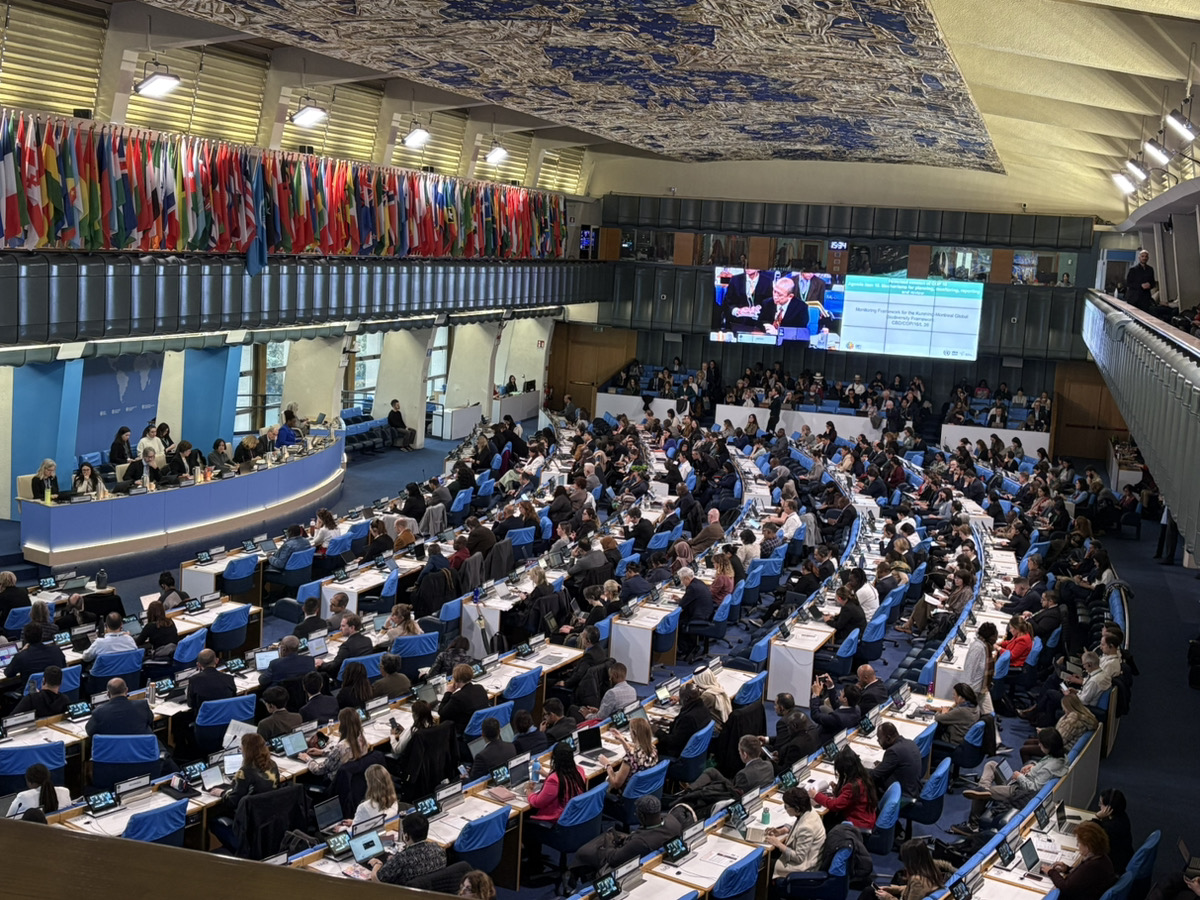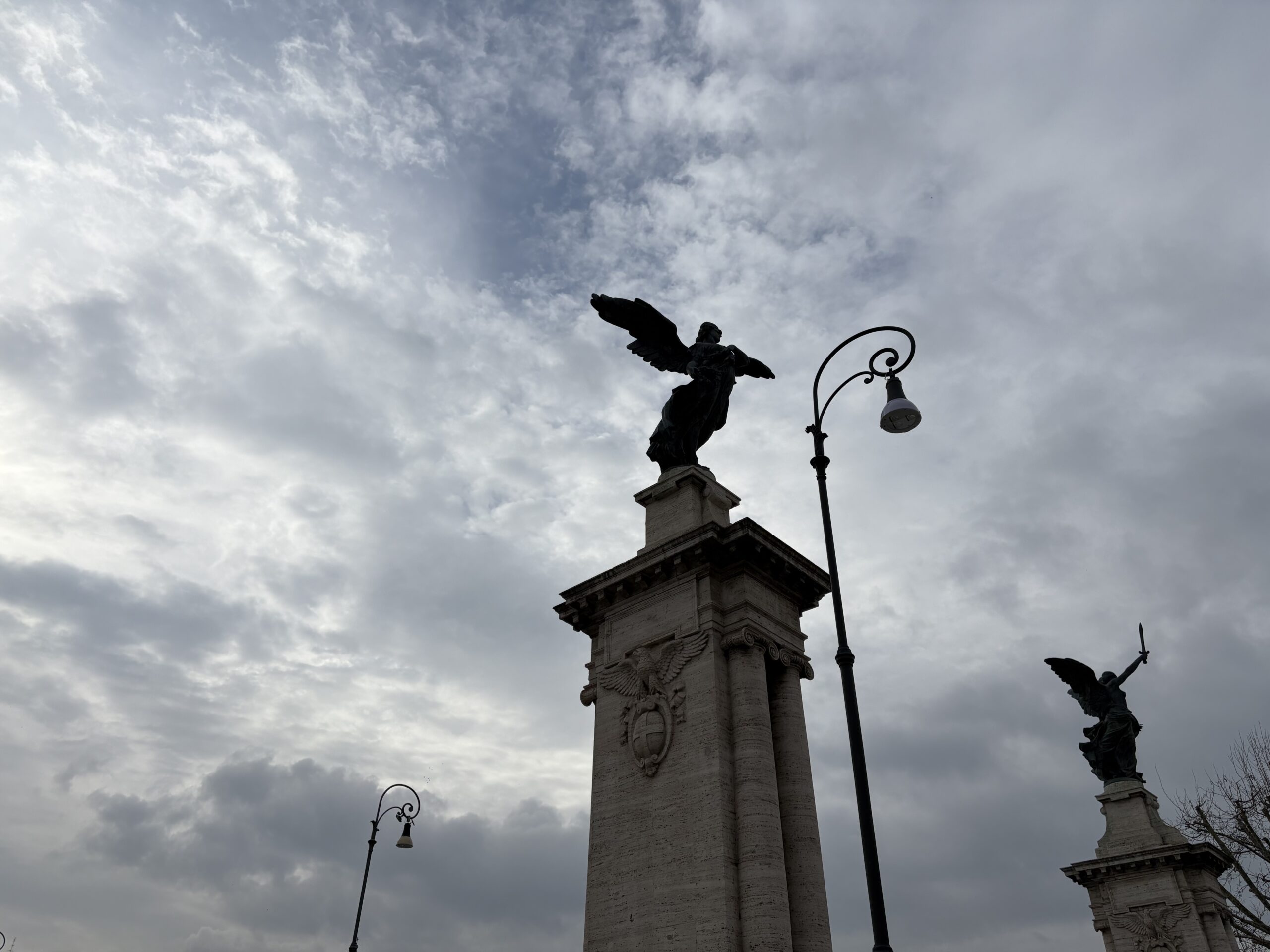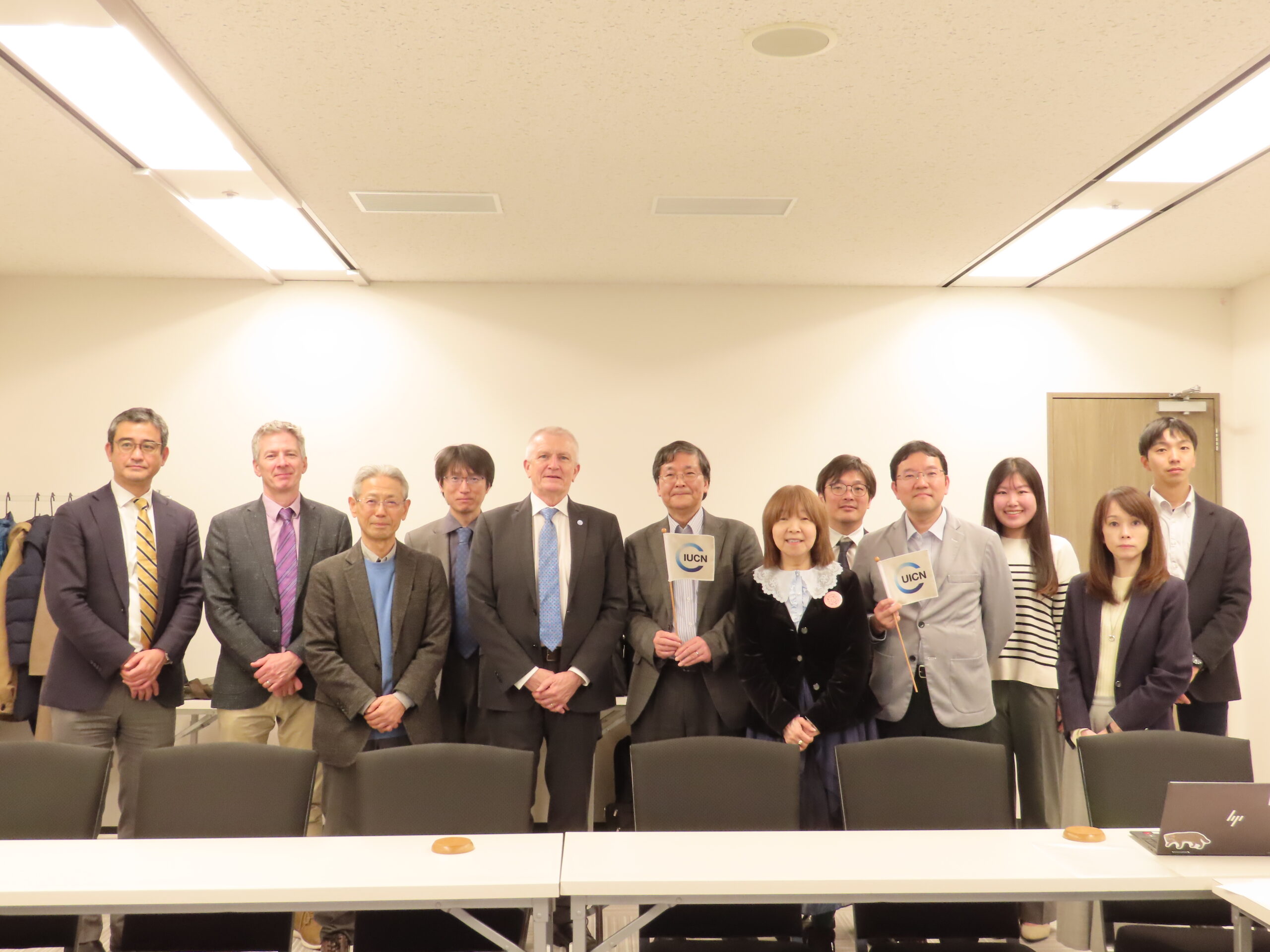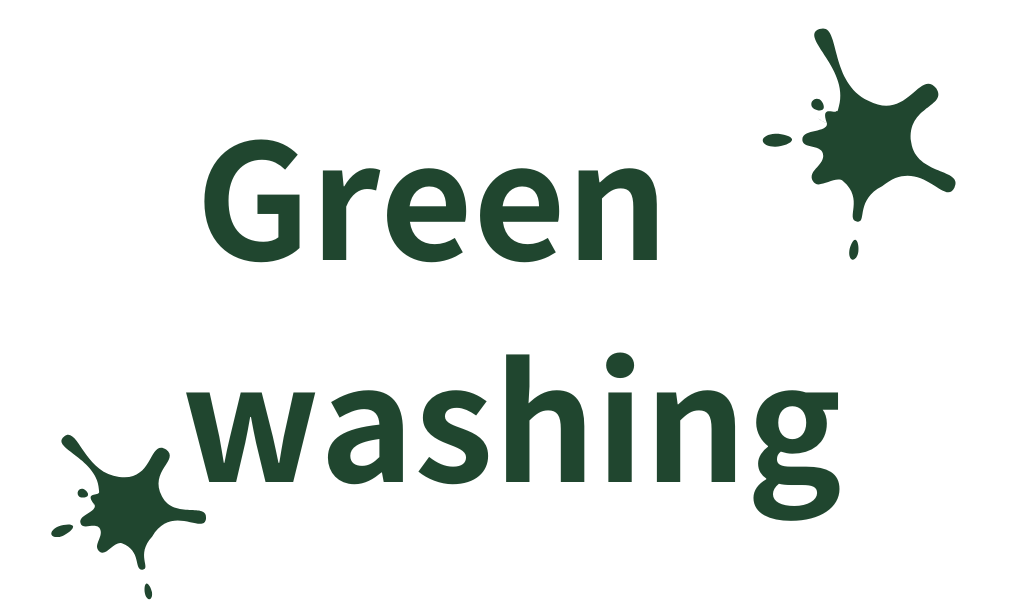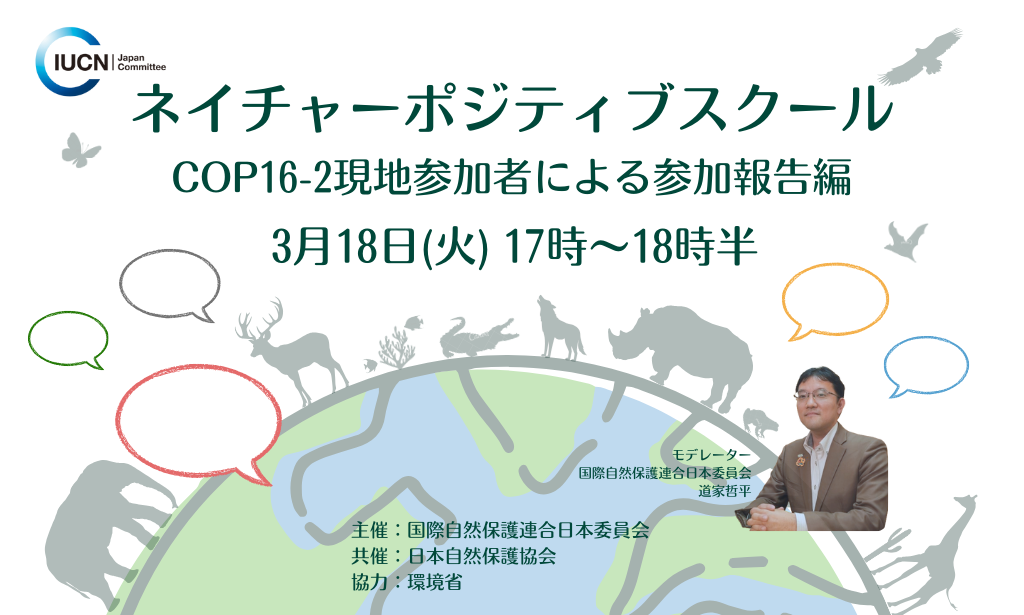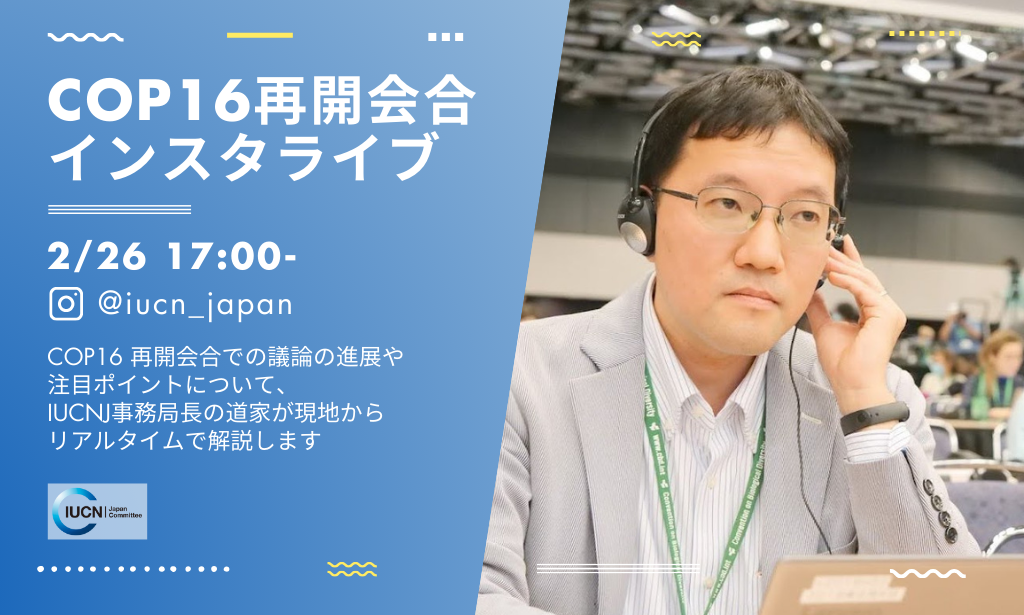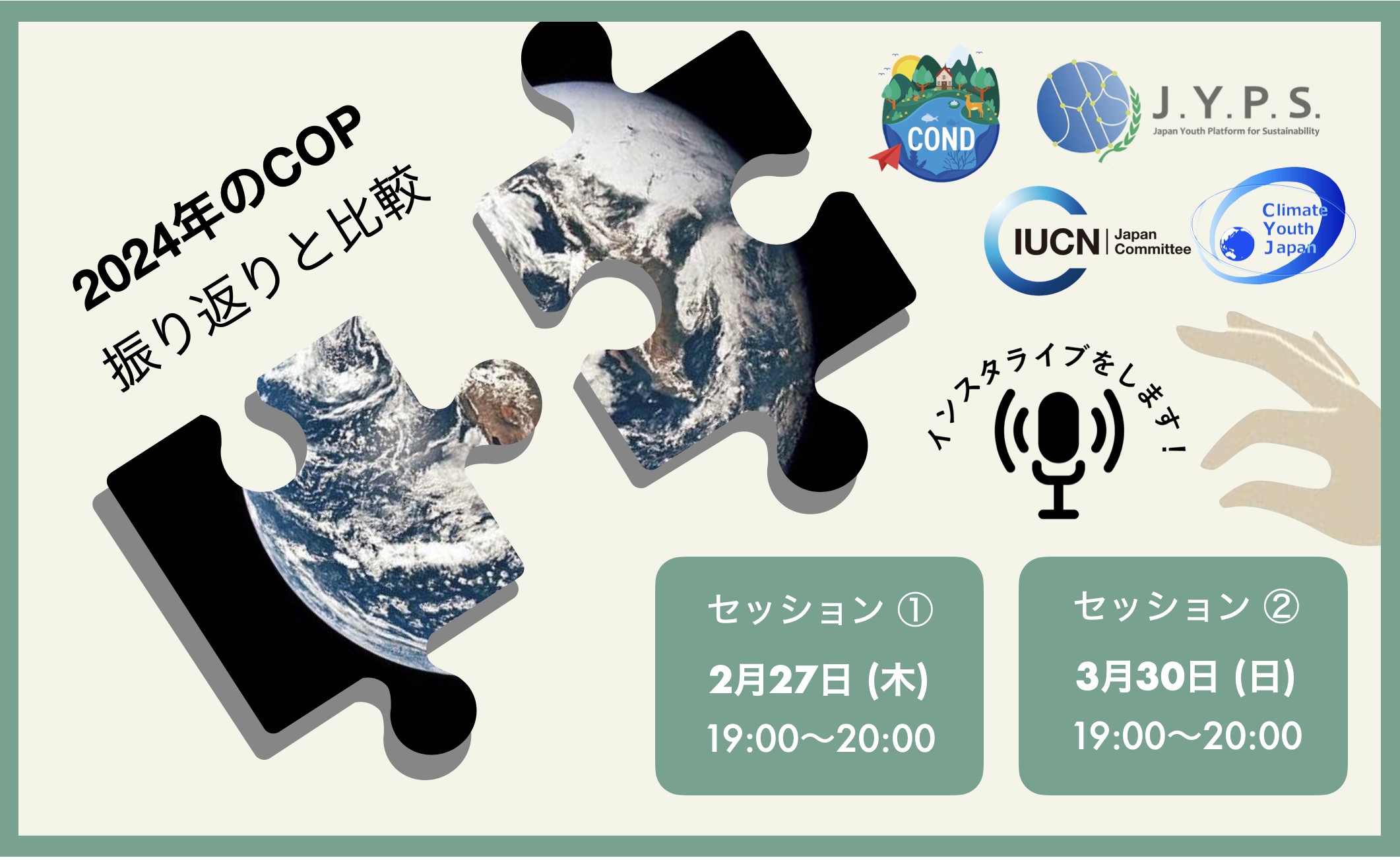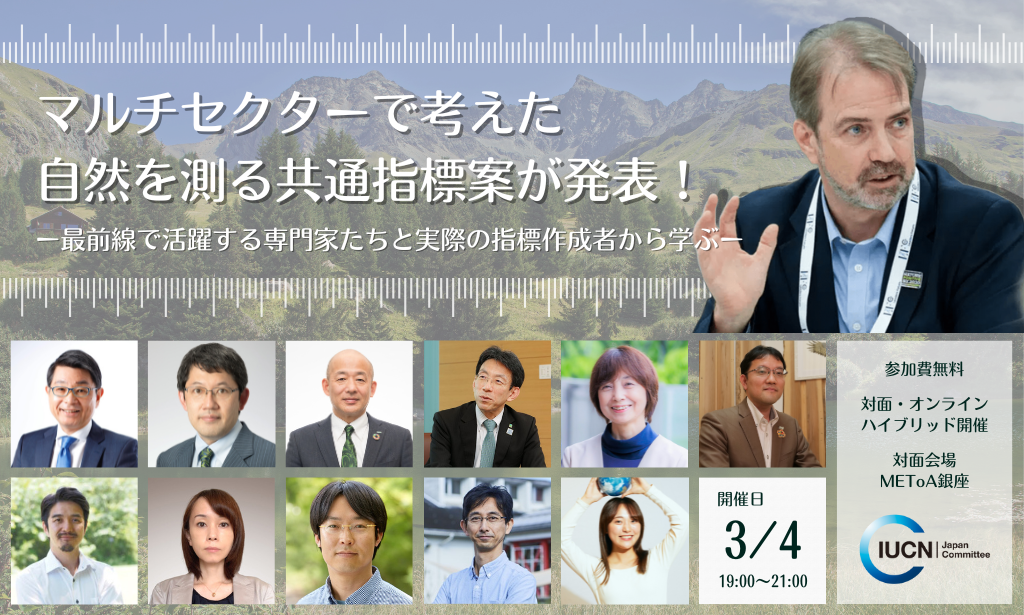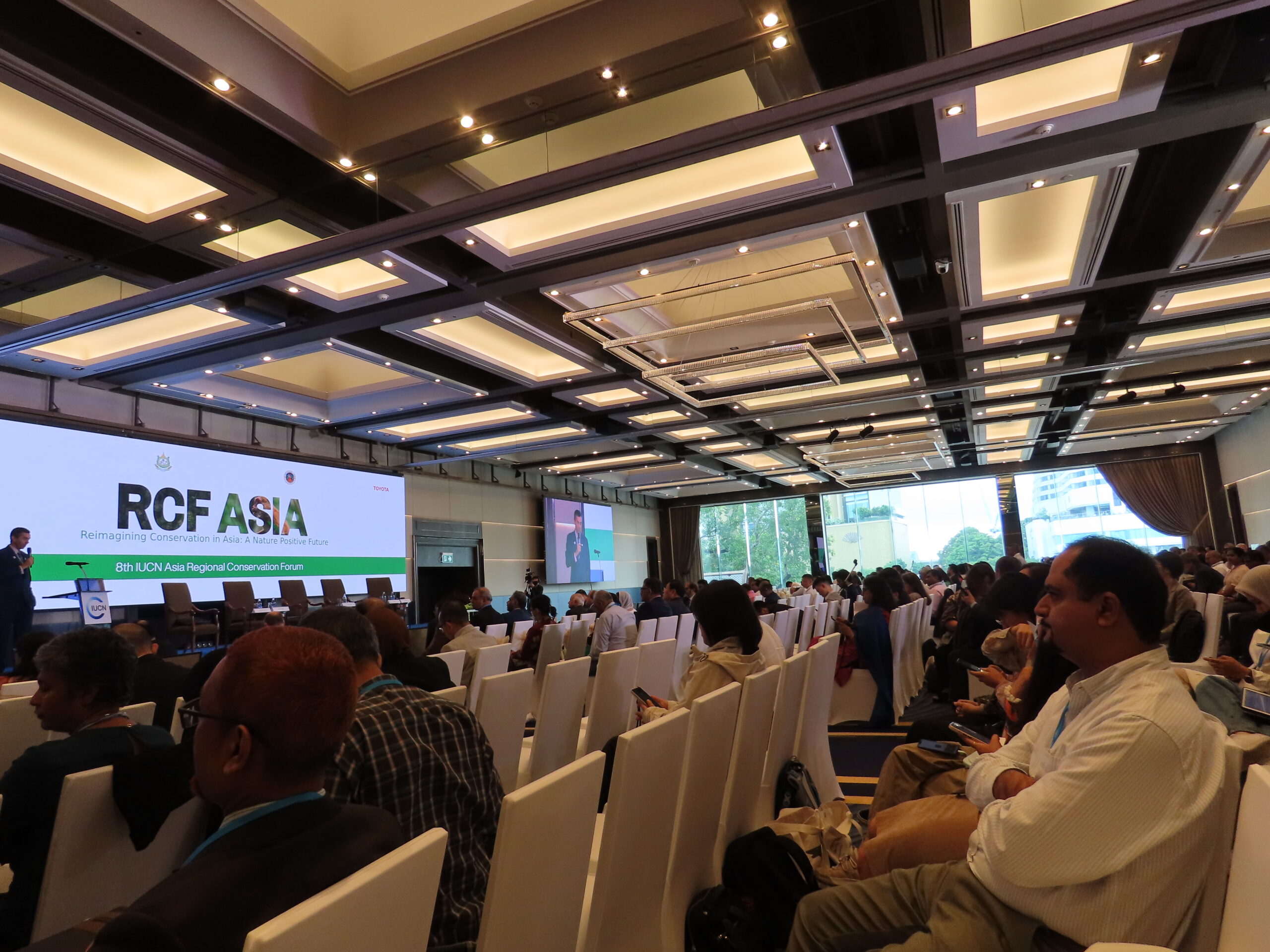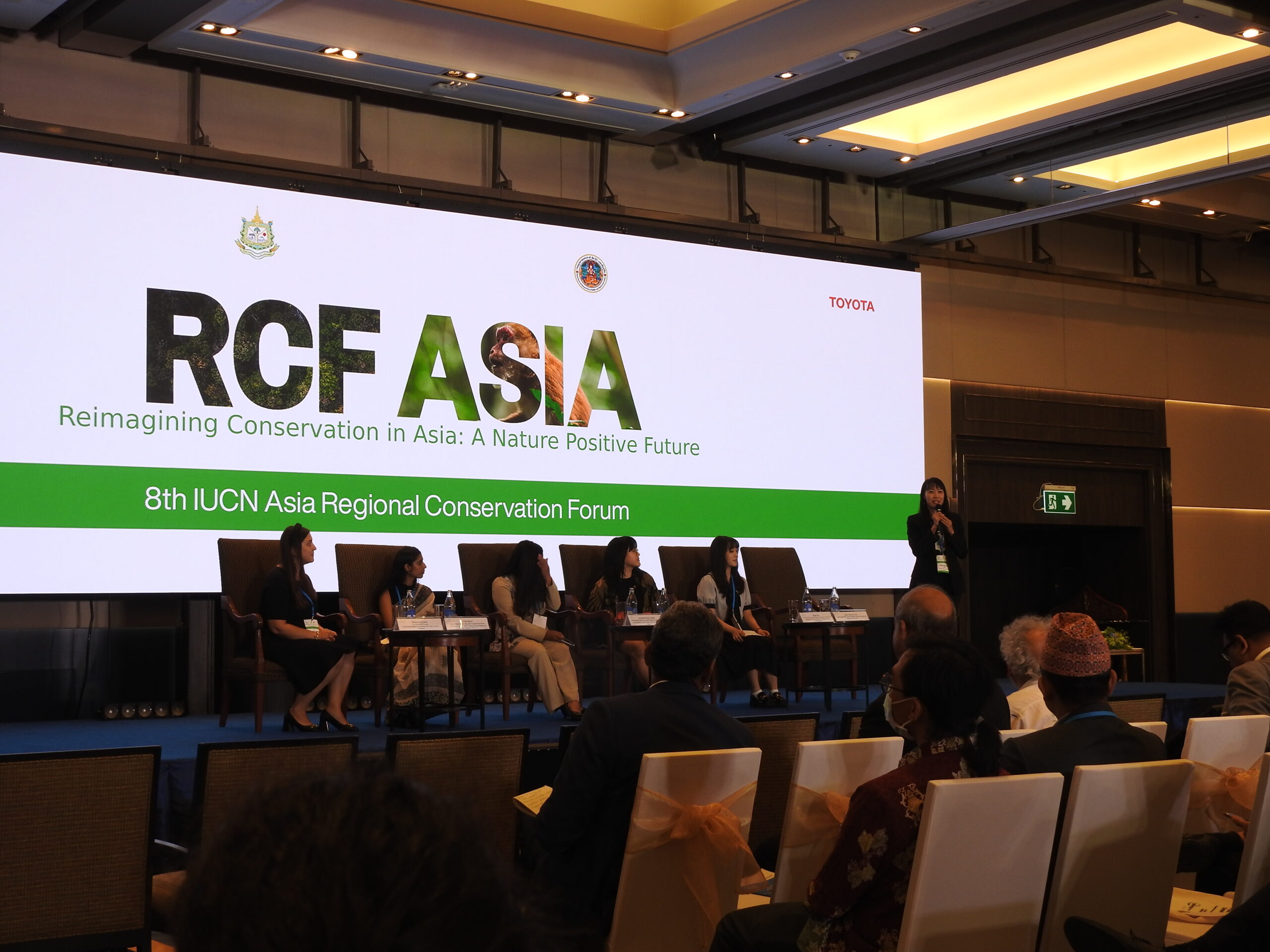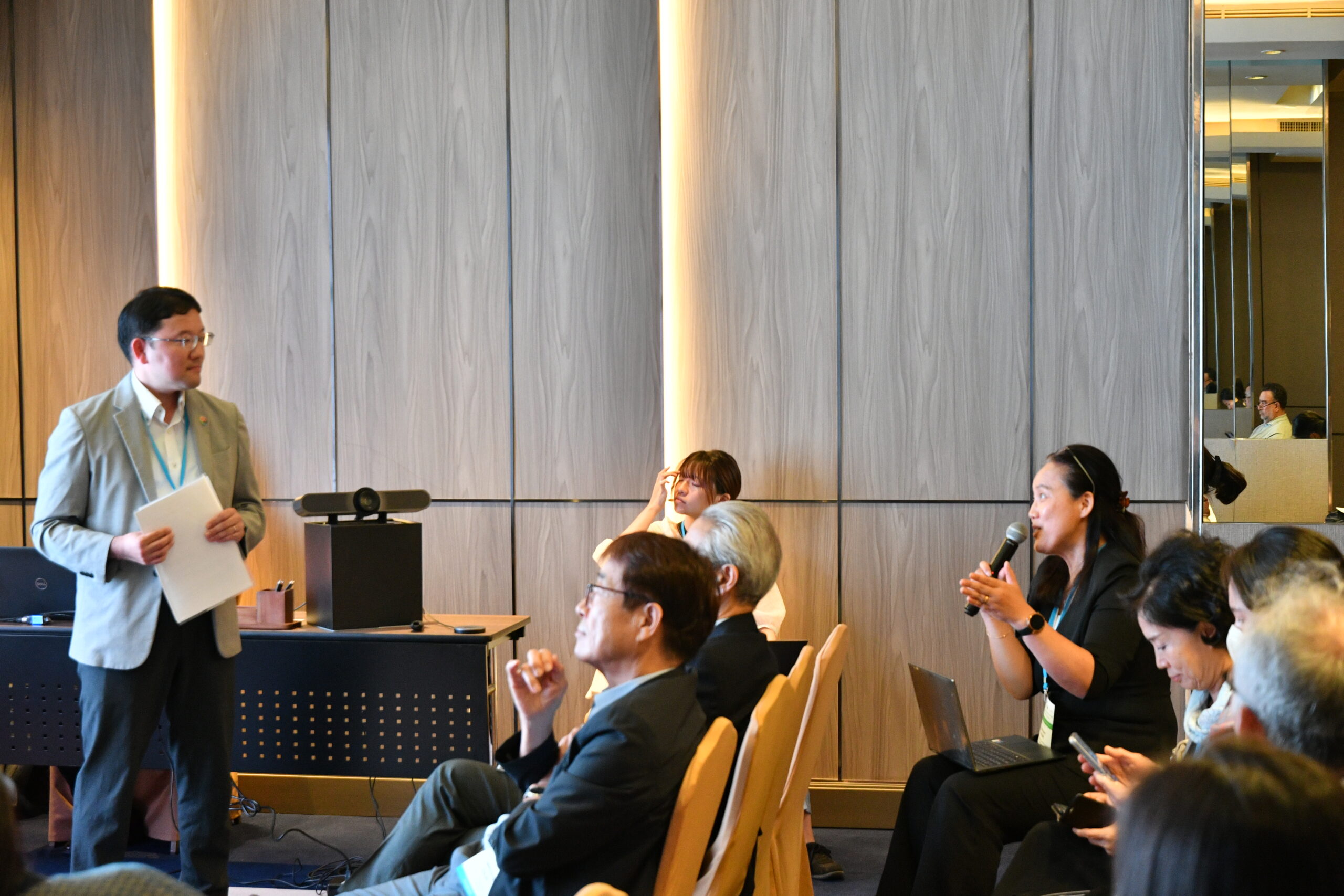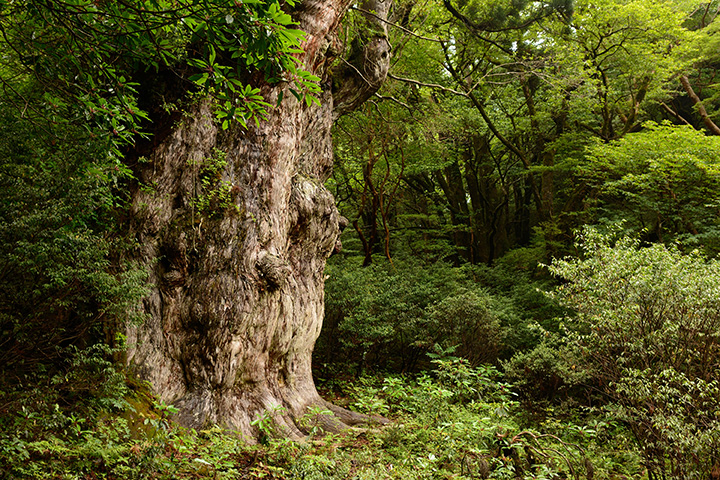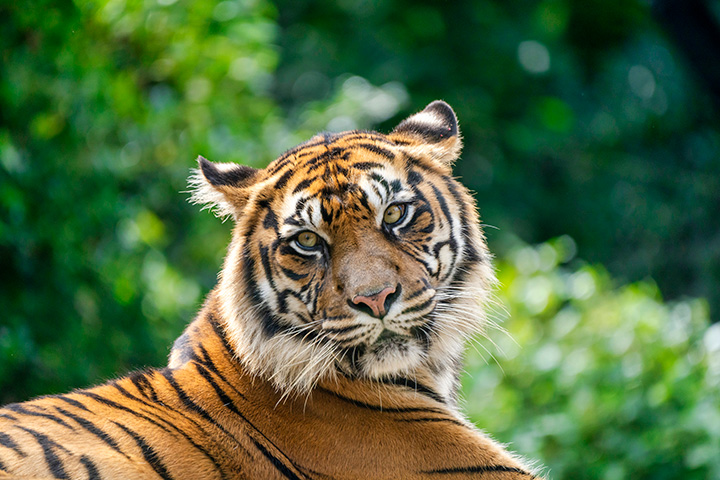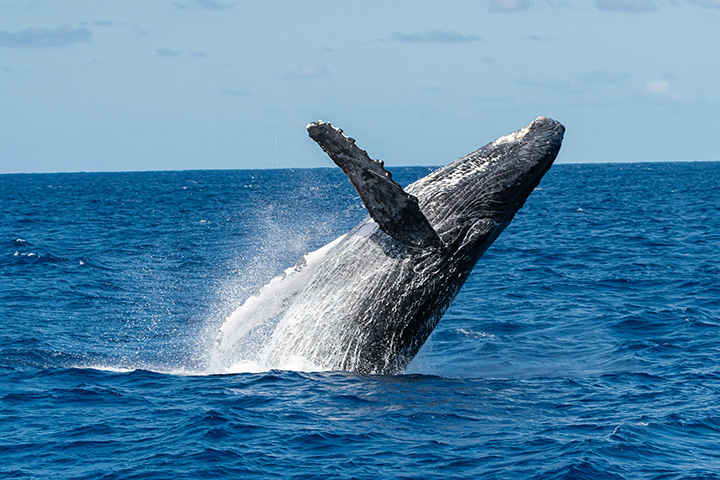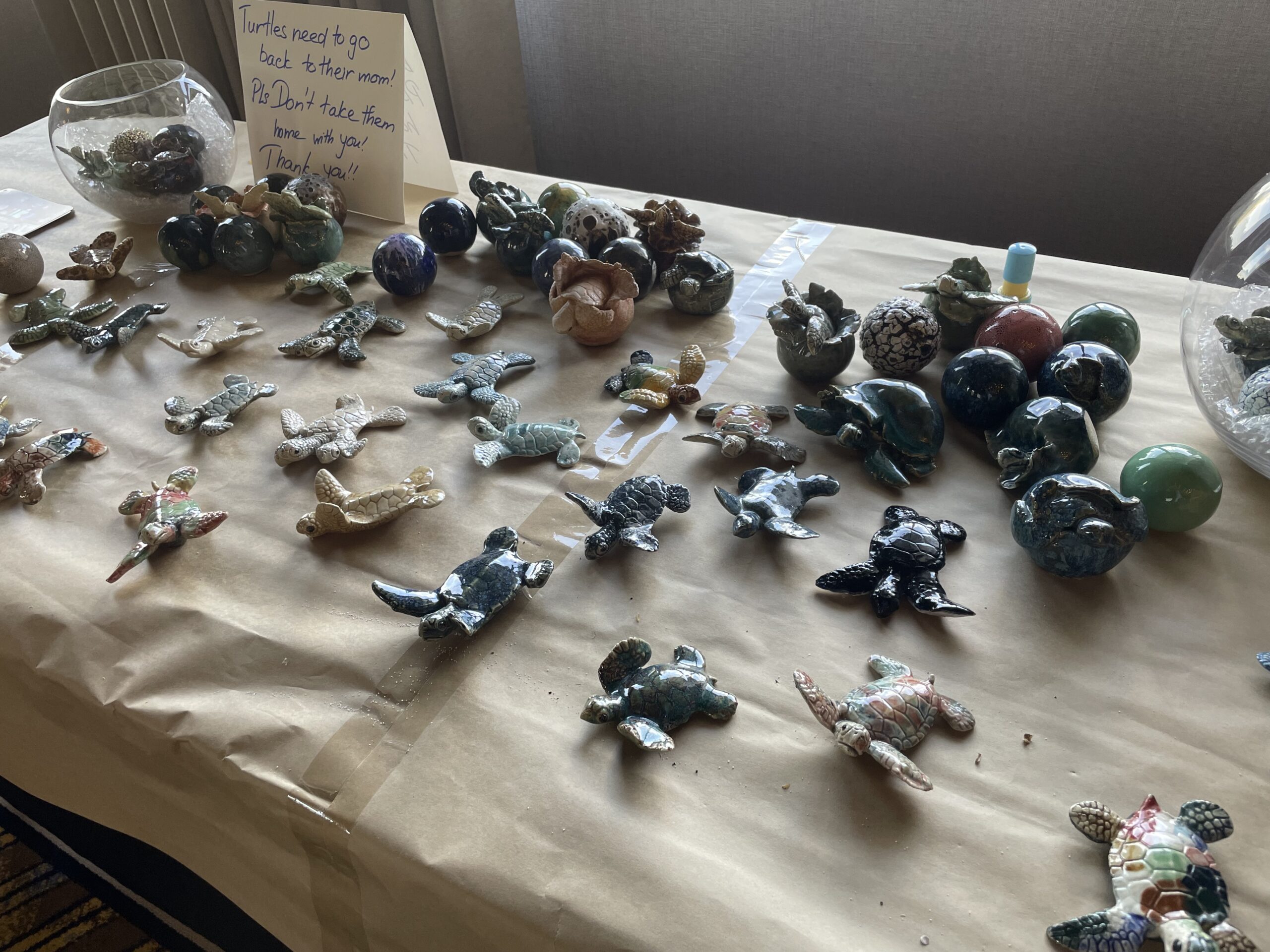
2日目には、サイドイベントとして、ユースセッションがありました。若者だけでなく、教師など様々なセクターの参加者とディスカッションをしました。また、保全分野の最前線で活躍するゲストスピーカーを招いての質疑応答も行われました。このイベントはIUCN Youth Advisory Committeeによって主催され、15人ほどの小グループでオープンスペースの深い議論ができました。
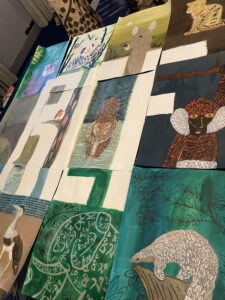
一人目のゲストスピーカーは、ASEAN生物多様性センターのテレサさんです。彼女は地域協力と生物多様性保全活動に従事しています。彼女のキャリアは獣医学の道から始まりましたが、数年のオフィスでの実務経験を通して、生物多様性や、保全活動へと進んでいきました。保全関連の専攻でない私にとっては、これからの長いキャリアの中で、多様な選択肢があり、保全に関わる多くの道もあることを気づかせてくれました。
二人目のゲストスピーカーは、環境・森林・気候変動のアドバイザーであるシェダさんです。彼女のキャリアは非常に多彩で、政治的不安定な状況の中でプロボノとして、バングラディシュの法律家として、貢献されています。法律専攻である私にとって、実務家の方の話を聞くことは非常に貴重な機会でした。彼女の話し方からあふれる芯の強さや、ユースからのどんな質問にも的確に、知識ふまえて説明している姿を見て、刺激を受けました。
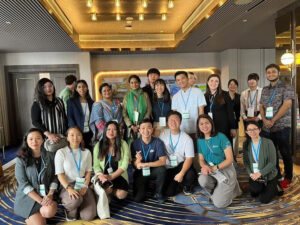
この二つのセッションを通して、参加者からは多くの質問がありました。女性の力が保全分野でどのように活用できるのか、また若者のイニシアチブを社会変革にどう導くことができるか、といった若者の視点からの質問が多く出ました。最後には、それぞれのゲストスピーカーからアドバイスをいただきました。
双方のアドバイスに共通していたキーワードは、「一貫性を持ってやり抜く」ということでした。自分が決めた道に従って、進んでいくと、その間の努力を通して周りからの信頼と権威を持つことができ、やがて大きな力になると話していました。
セッションの合間や後には、ユース同士の交流や、ユース主導の団体に関する展示のセッションが活発に行われました。
その中の一つに、ベトナムでウミガメを保護する新しいプロジェクトがありました。展示ブースには、芸術家のCao Thanh Thaさんによるセラミックで作られた亀がありました。
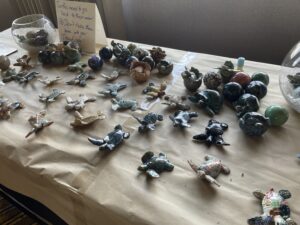
みなさんは、野生のウミガメが孵化してから成体に成長するまでの生存率を知っていますか?
正解はたったの約1/1000です。
原因としては、気候変動による異常気象、海の汚染があげられます。生存率が低いだけでなく、作品の中には、頭が3つあるカメなども誕生してしまっています。この話を通して、自分たちもこの問題に対する当事者意識を持たなければならないと強く感じました。海を共有している人々が海洋汚染や海洋生物多様性の破壊により招かれた事態の責任者でもあります。展示を見ながら、将来的に協力できるように、そのプロジェクトの担当者と話をすることができました。また、芸術を通した社会問題の啓発として、次回は同じ芸術家の方に、水の流れについてのセラミック作品の展示会を行うという非常にワクワクする今後のプロジェクトの話を聞くことができました。
ほかにも、多くのユース主導のプロジェクトが展示されていました。同世代の環境活動をしている若者に大いに刺激を受けると同時に、乗り越えなければならない課題についても学びました。
このフォーラムを通して、国境を超えた若者のネットワークを構築し、将来の協働につなげていくことができました。また、自分でユース組織を立ち上げ、コミュニケーションネットワークを拡大させていこうとしている刺激的な仲間たちに出会いました。
IUCNは若者の力を強調し、若者に投資しています。アジアの情熱的な若者の活動家の潮流に乗って、日本の若者も自発的に行動したり、コミュニティに参加したり、他の若者たちと同じ方向に進んでいかなければいけないと思いました。
ある参加者のサイドイベントでの引用に、「速く行きたければ一人で行け、遠くに行きたければ皆で行け」という言葉がありました。
社会を正しい方向に導くために若者の協働も必要だと強く感じました。
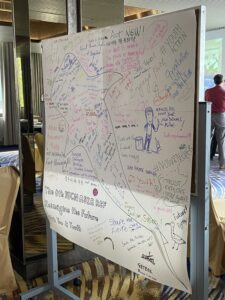
田村双葉
English
On the Day 2, there was a side event of Youth Session. Participants from various sectors like educators, not just young people, engaged in discussions. Additionally, there was a Q&A session with guest speakers who are at the forefront of the conservation field. It was hosted by the IUCN Youth Advisory Committee, and we had the opportunity for in-depth discussions in small groups of about 15 people in an open space setting.

The first guest speaker was Dr. Theresa from ASEAN Centre for Biodiversity. She has been engaged in regional cooperation and biodiversity conservation. Her career began in veterinary medicine, but through several years of practical office experience, she has expanded her engagement into the fields of biodiversity and conservation. For someone like me who does not have a major related to conservation, her story reminded that there are many diverse paths and opportunities to get involved in conservation over the course of a long career.
The second guest speaker was Ms Syeda, an adviser on Environment, Forest and Climate Change. Her career is as she mentioned very colourful. She has contributed as a pro bono lawyer in Bangladesh during politically unstable times. As a law major, hearing from a practicing professional was an invaluable experience for me. I was particularly inspired by the strength of her conviction, evident in the way she answered every question from the youth with precision and knowledge.

Throughout these two sessions, there were numerous questions from participants, many of which focused on how the power of women can be utilised in the conservation field and how youth initiatives can lead to societal change. At the end, we received advice from each of the guest speakers. A common theme in their advice was the importance of ‘Be persistent’ They emphasised that by staying true to the path you have chosen, the effort you put in along the way will earn you trust and authority, ultimately leading to great strength.
During and after the sessions, there were also active exchanges among the youth and exhibitions about youth-led organisations. One of the projects featured was a new initiative to protect sea turtles in Vietnam. At the exhibition booth, there were ceramic turtles created by an artist, Cao Thanh Tha.

Do you know the survival rate of wild sea turtles from hatching to adulthood?
It is only about 1/1000. Climate change-induced weather anomalies and ocean pollution are cited as causes. Not only is the survival rate low, but they also mentioned that turtles with three heads are sometimes born. This discussion made me feel strongly that we need to take responsibility and be aware of our role in this issue. Those who share the ocean are also responsible for the situation brought about by marine pollution and the destruction of marine biodiversity.
While viewing the exhibition, I had the opportunity to speak with the project leader about potential future collaborations. I also learned about an exciting upcoming project involving the same artist, who will be holding an exhibition of ceramic works on water flow as a way to raise awareness of social issues through art. Additionally, there were many other youth-led projects on display, which not only inspired me but also taught me about the challenges they face.
Through this forum, I was able to build a cross-border youth network and lay the foundation for future collaboration. I also met inspiring peers who are working to launch youth organisations and expand communication networks. The IUCN emphasises the power of youth and invests in young people. I wondered whether Japanese youth could also take initiative, join these communities, and move in the same direction as other passionate young activists in Asia. And it came to me; ‘yes, I should’.
IUCN highlights the power of youth and invests in youth. However, I was wondering weather Japanese youth could also take initiative, join these communities, and move in the same direction as other passionate young activists in Asia.
As one of the side events, a participant shared a quote: ‘If you want to go fast, go alone. If you want to go far, go together.’
This reminded me of the importance of youth cooperation in guiding society in the right direction.

Futaba TAMURA
